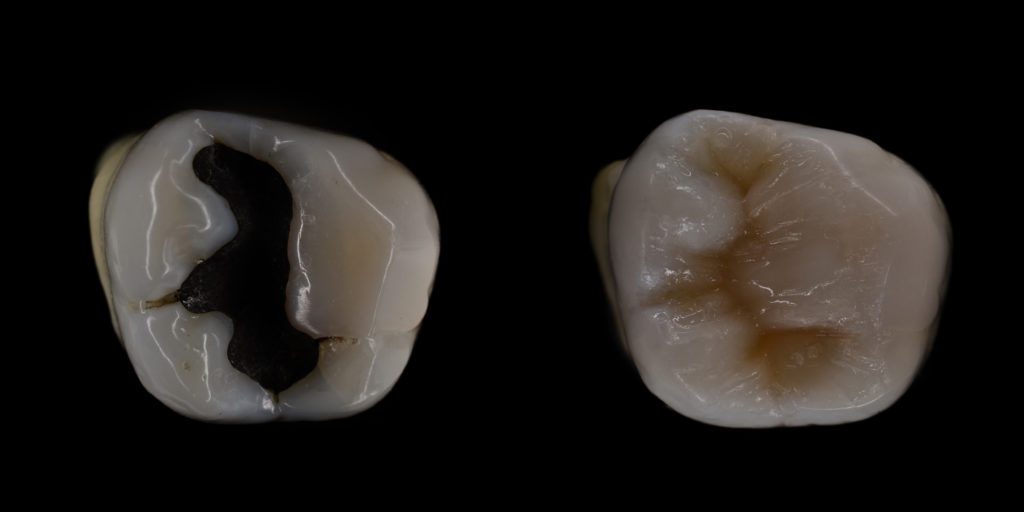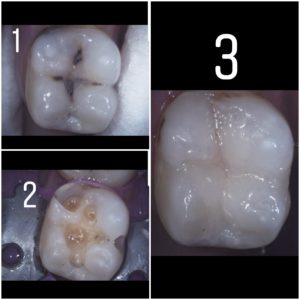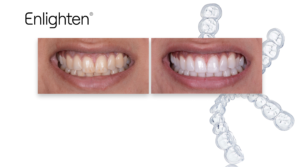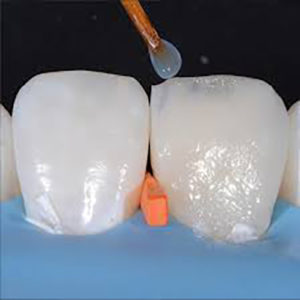What’s the difference between amalgam and composite fillings?
Dr. Rejin Khafaf talks about the key distinctions between amalgam and composite fillings
Most dental patients in the UK have at one point or another had to make a decision between the choices of fillings they want to have placed on their teeth. This article will help highlight the differences between the two most common types of filling material used – amalgam and composites. These are considered direct restorations (placed chair side by the dentist). Other options include crowns, inlays and inlays which are indirect restorations (these are constructed in a dental laboratory by a technician and subsequently returned to the dentist to cement into or onto the patients tooth).
What are amalgam fillings?
Also known as “silver fillings” or “mercury fillings”, dental amalgam is a mixture of various metals. These metals are mercury, silver, tin and copper. Approximately 50% of the amalgam is comprised of mercury. The mercury binds the metals together to enhance the strength and durability of the amalgam. It should be noted that when mercury is combined with the other metals it forms a safe and stable compound, which has been in use over the last 150 years!
Remarkable improvement of its mechanical properties to restore posterior teeth
Due to its effectiveness and cost, amalgam is still the restorative material of choice in certain parts of the world. In recent times, however, there have been concerns over the use of amalgam restorations (fillings), relating to the mercury release in the body and the environmental impact following its disposal. Resin composites have become an aesthetic alternative to amalgam restorations and there has been a remarkable improvement of its mechanical properties to restore posterior teeth.
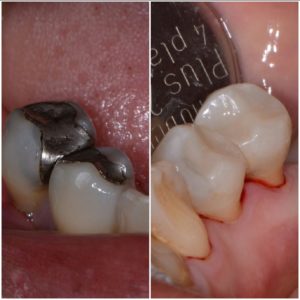
Amalgam filling
What are the pros and cons of amalgam fillings?
Advantages:
- Proven track record: amalgam fillings have been used for over a century
- Economical: .amalgam generally cost far less than resin composite restorations.
- Long-lasting: on average these fillings normally last between 10 to 15 years (which is around double the life expectancy of composite restorations) and are strong and sturdy.
- Time: amalgams are generally quicker to place and hence less time in the dental chair!
Disadvantages:
- Unsightly: generally amalgam fillings are easy to spot even if you aren’t a dentist!
- Allergies: some people develop mild allergies or sensitivities to amalgams.
- Limited support in large cavities: not as supportive when dealing with large cavities as has no bonding properties to the tooth, instead it is held by compression. This can lead to fractures of the tooth over time.
- Amalgam tattoo: amalgams that have been in the mouth for many years can leave a dark tattoo in the area of the gum or cheek that is in contact with it.
What are composite fillings?
Resin composite fillings (also referred to as “white fillings” or “tooth coloured fillings”) are made of a ceramic and plastic compound. If done adequately these fillings should blend in with the tooth being restored. An experienced clinician will be able to artistically recreate the natural shape shade and contours of your tooth using resin composites. For this reason, composites have become very popular as a restorative option.
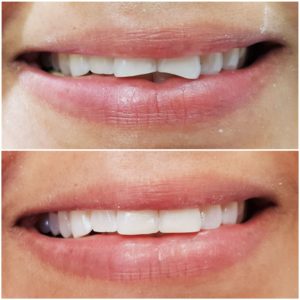
Composite filling
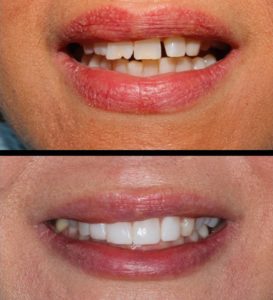
What are the pros and cons of resin composite fillings?
Advantages:
- Aesthetic: these fillings can match the exact colour of your teeth to blend in fully.
- Adhesive: unlike amalgam fillings, composites adhere to the tooth surface and is therefore held in by chemical bonding ( not mechanical retention which is the case for amalgams).
- Tooth preservation: composite restorations have adhesive properties which ultimately means that there is less need for removal of tooth structure.
- Good alternative to veneers: in some instances composite bonding can be used to transform a smile without the need to use a drill on the natural tooth structure. Its bonding properties allow dentists to create new smiles, achieving desired changes in the shape and shade of the teeth after treatment.
Disadvantages:
- According to many studies, resin composites on average last between five to seven years before needing to be replaced. However, there are many variables at work here which affect the longevity of resin composites (such as patient diet, oral hygiene regiment and habits)
- Time: it takes longer to place a composite restoration than an amalgam. Moisture control is critical and the procedure can be very technique sensitive
- Cost: normally composite restorations cost more to place than amalgams.
- Technique dependent: different dentists will produce different results with composite resin restorations. The artistic element of placing composites is key to mimicking a tooth.
In an age where aesthetics is at the forefront of many medical and dental treatments composites have emerged as a wonderful alternative to metal fillings and overly destructive crown and veneer options when redesigning a smile. Patients have the option to walk into their dental appointment and leave with a new smile on the same day. A smile that has been designed to their own specifications with regards to the size shape and shade of their teeth.
Composite resin restorations can play a vital role in tooth whitening treatments. Patients are normally advised to whiten their teeth prior to placing anterior composite restorations so that the dentist is able to place a shade of composite that naturally blends in to the new shade of the teeth.
This provides a less costly option for patients who desire a celebrity style smile
There are numerous digital smile design systems available nowadays, where dentists and technicians can work closely together to pre-plan a brand new smile for patients without the use of any crowns or veneer. This provides a less costly option for patients who desire a celebrity style smile whilst requiring less chair time for both the dentist and the patient.
Knowing all the facts about these two restorative options my choice would always be to opt for composite resin where viable. It is always recommended to listen to the advice given by your dentist regarding which treatment options are suitable for you, as even composites have their own limitations with where and when they can be used.
› DIG DEEPER ‹

Learn more about mini smile makeovers here.

Or if it’s the Enlighten Teeth Whitening System you want to dig deeper into, then give it a click right here
And to find an Enlighten whitening expert near you, hit the button below.



